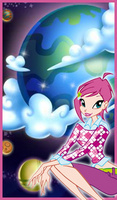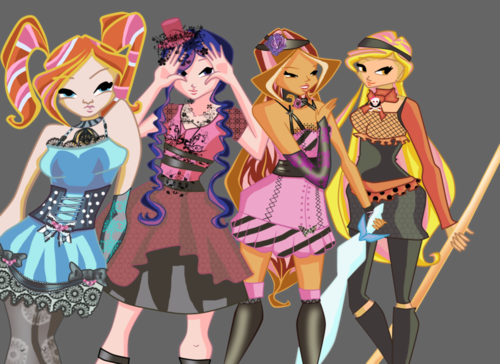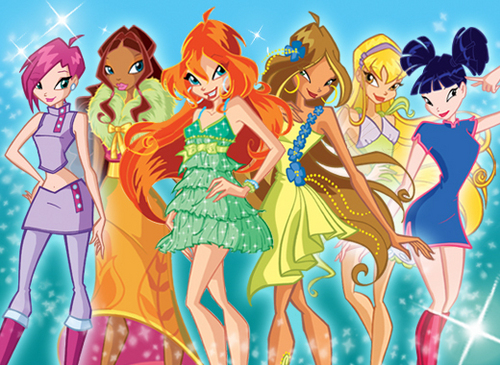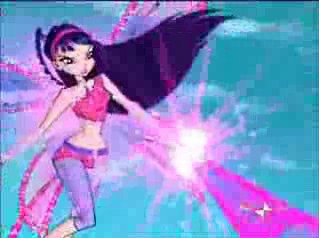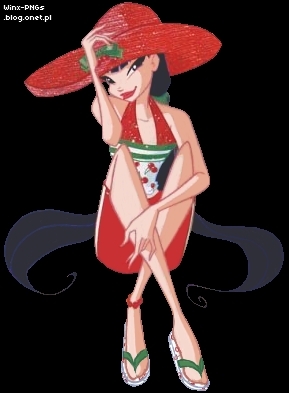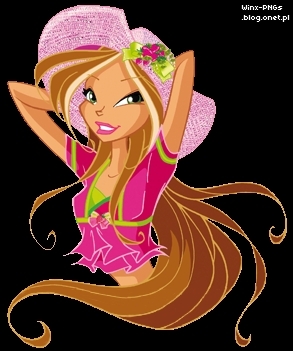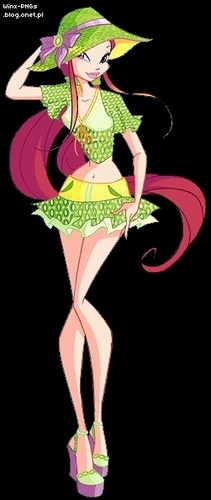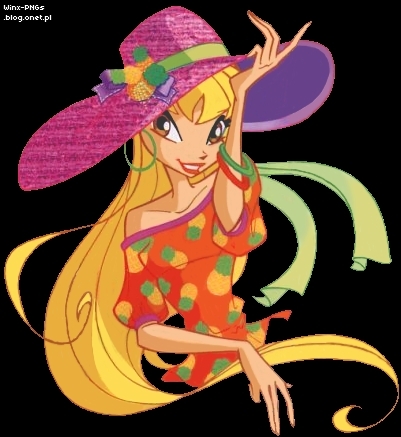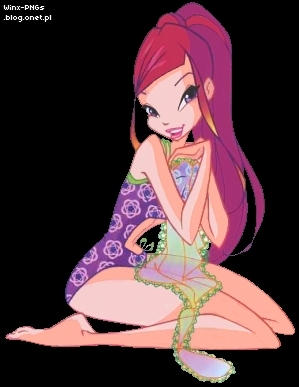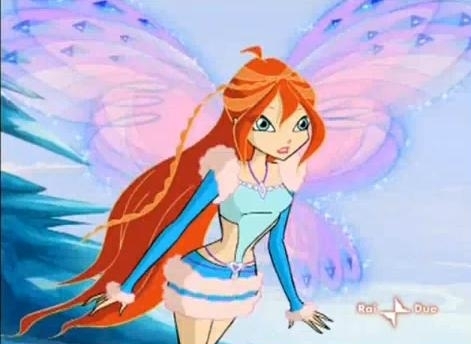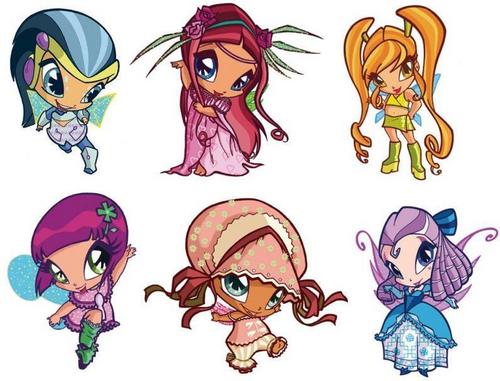One of the sky's most spectacular events is a solar eclipse.
When a solar eclipse occurs, what has happened is that the Moon has passed in front of the Sun and either partially または totally blocked it from our view. This can only occur during a new Moon phase and, to make things even もっと見る mysterious, sometimes the Moon blocks the Sun entirely, sometimes it appears that there has just been a circular slice taken out of a portion of the Sun and occasionally the Moon passes directly in front of the Sun without completely covering the Sun's face.
These are all different kinds of solar eclipses, but any of them puts on a marvelous show. Before our knowledge of the sky allowed us to predict when eclipses would happen, a solar eclipse was usually a cause for a lot of concern. After all, the Sun is very important to us here on Earth and to have it seem to disappear without warning was pretty upsetting.
Generally speaking, there are three different kinds of solar eclipses. The most impressive, of course, is a total solar eclipse, which is an eclipse where the Moon completely covers the face of the Sun.
次 Total solar eclipses:
July 11, 2010: Cruise to Tahiti または watch from Easter Island, Chile, または Argentina
November 13, 2012: Visible from north central Australia to the Great Barrier Reef
March 9, 2016: Crosses Indonesia-Sumatra, Borneo, Sulawesi, and Halmahera
August 21, 2017: Sweeps a 70-mile-wide path across the United States, moving across Oregon, Idaho, Wyoming, Nebraska, Missouri, Illinois, Kentucky, Tennessee, North Carolina, and South Carolina
A partial eclipse happens when the Moon passes in front of, または occults, the Sun, but does not hide it completely from our view. When a partial eclipse happens, it looks like a semi-circular bite has been take out of the Sun, and it looks kind of like a cookie after あなた have taken a bite out of it.
Nest Partial eclipses:
2011 Jan 04 : Europe, Africa, Asia
2011 Jun 01: Asia, N.America, Iceland
2011 Jul 01: Indian Ocean
2011 Nov 25: Africa, Antarctica, Tasmania
2014 Oct 23: Pacific, N. America
2015 Sep 13 :Africa, India, Antarctica
2018 Feb 15 : Antarctica, America
2018 Jul 13: Australia
2018 Aug 11: Europe, Asia
2019 Jan 06 : Asia, Pacific
The third type of eclipse is called an annular eclipse. These eclipses happen when the Moon passes directly in front of the Sun but, because of the Moon's distance from Earth, the Sun isn't completely hidden. During an annular eclipse, a small ring of the Sun's surface will still be visible around the Moon.
次 Anular eclipses:
2012 May 2: Asia, Pacific, N. America
2014 Apr 29: India, Australia, Antarctica
2016 Sep 01: Africa, Indian Ocean
2017 Feb 26: America, Atlantic, Africa, Antarctica
Racing Darkness
When the Moon passes in front of the Sun, it naturally casts a shadow. During a solar eclipse, this shadow falls on Earth and races across the surface of our planet. As the eclipse progresses and もっと見る and もっと見る of the face of the Sun is covered, the shadow gets darker and darker until eventually we have complete darkness during the day.
There are two general parts of the Moon's shadow that we see during an eclipse. The lighter part of the shadow is called the penumbra. If the eclipse is total, the darkest part of the shadow, where the eclipse is total, is called the umbra. If あなた are ever lucky enough to be in the path of the darkest part of the eclipse, also called the totality, あなた will first see the sky to get gradually darker and darker until it finally gets completely dark. What is happening is that あなた are standing in the path of the shadow of the eclipse.
When the sky starts to get darker, the edge of the shadow has reached where あなた are standing. As the sky appears to get darker and darker, もっと見る and もっと見る of the eclipse's shadow has covered your location. When it gets totally dark, あなた are in the umbra, または darkest part of the eclipse's shadow.
The totality of the eclipse usually lasts around a minute, then the whole process reverses. The sky will gradually get lighter and lighter until eventually it seems as if nothing unusual has happened at all. This isn't the case, though, as あなた have likely experienced what will probably be a once in a lifetime event.
Tip: Do not EVER look directly at the Sun without proper eye protection, even during an eclipse. Even when the Sun is partially covered, your eyes can be seriously damaged によって looking directly at it. Sunglasses are not proper eye protection for viewing the Sun!
When a solar eclipse occurs, what has happened is that the Moon has passed in front of the Sun and either partially または totally blocked it from our view. This can only occur during a new Moon phase and, to make things even もっと見る mysterious, sometimes the Moon blocks the Sun entirely, sometimes it appears that there has just been a circular slice taken out of a portion of the Sun and occasionally the Moon passes directly in front of the Sun without completely covering the Sun's face.
These are all different kinds of solar eclipses, but any of them puts on a marvelous show. Before our knowledge of the sky allowed us to predict when eclipses would happen, a solar eclipse was usually a cause for a lot of concern. After all, the Sun is very important to us here on Earth and to have it seem to disappear without warning was pretty upsetting.
Generally speaking, there are three different kinds of solar eclipses. The most impressive, of course, is a total solar eclipse, which is an eclipse where the Moon completely covers the face of the Sun.
次 Total solar eclipses:
July 11, 2010: Cruise to Tahiti または watch from Easter Island, Chile, または Argentina
November 13, 2012: Visible from north central Australia to the Great Barrier Reef
March 9, 2016: Crosses Indonesia-Sumatra, Borneo, Sulawesi, and Halmahera
August 21, 2017: Sweeps a 70-mile-wide path across the United States, moving across Oregon, Idaho, Wyoming, Nebraska, Missouri, Illinois, Kentucky, Tennessee, North Carolina, and South Carolina
A partial eclipse happens when the Moon passes in front of, または occults, the Sun, but does not hide it completely from our view. When a partial eclipse happens, it looks like a semi-circular bite has been take out of the Sun, and it looks kind of like a cookie after あなた have taken a bite out of it.
Nest Partial eclipses:
2011 Jan 04 : Europe, Africa, Asia
2011 Jun 01: Asia, N.America, Iceland
2011 Jul 01: Indian Ocean
2011 Nov 25: Africa, Antarctica, Tasmania
2014 Oct 23: Pacific, N. America
2015 Sep 13 :Africa, India, Antarctica
2018 Feb 15 : Antarctica, America
2018 Jul 13: Australia
2018 Aug 11: Europe, Asia
2019 Jan 06 : Asia, Pacific
The third type of eclipse is called an annular eclipse. These eclipses happen when the Moon passes directly in front of the Sun but, because of the Moon's distance from Earth, the Sun isn't completely hidden. During an annular eclipse, a small ring of the Sun's surface will still be visible around the Moon.
次 Anular eclipses:
2012 May 2: Asia, Pacific, N. America
2014 Apr 29: India, Australia, Antarctica
2016 Sep 01: Africa, Indian Ocean
2017 Feb 26: America, Atlantic, Africa, Antarctica
Racing Darkness
When the Moon passes in front of the Sun, it naturally casts a shadow. During a solar eclipse, this shadow falls on Earth and races across the surface of our planet. As the eclipse progresses and もっと見る and もっと見る of the face of the Sun is covered, the shadow gets darker and darker until eventually we have complete darkness during the day.
There are two general parts of the Moon's shadow that we see during an eclipse. The lighter part of the shadow is called the penumbra. If the eclipse is total, the darkest part of the shadow, where the eclipse is total, is called the umbra. If あなた are ever lucky enough to be in the path of the darkest part of the eclipse, also called the totality, あなた will first see the sky to get gradually darker and darker until it finally gets completely dark. What is happening is that あなた are standing in the path of the shadow of the eclipse.
When the sky starts to get darker, the edge of the shadow has reached where あなた are standing. As the sky appears to get darker and darker, もっと見る and もっと見る of the eclipse's shadow has covered your location. When it gets totally dark, あなた are in the umbra, または darkest part of the eclipse's shadow.
The totality of the eclipse usually lasts around a minute, then the whole process reverses. The sky will gradually get lighter and lighter until eventually it seems as if nothing unusual has happened at all. This isn't the case, though, as あなた have likely experienced what will probably be a once in a lifetime event.
Tip: Do not EVER look directly at the Sun without proper eye protection, even during an eclipse. Even when the Sun is partially covered, your eyes can be seriously damaged によって looking directly at it. Sunglasses are not proper eye protection for viewing the Sun!


